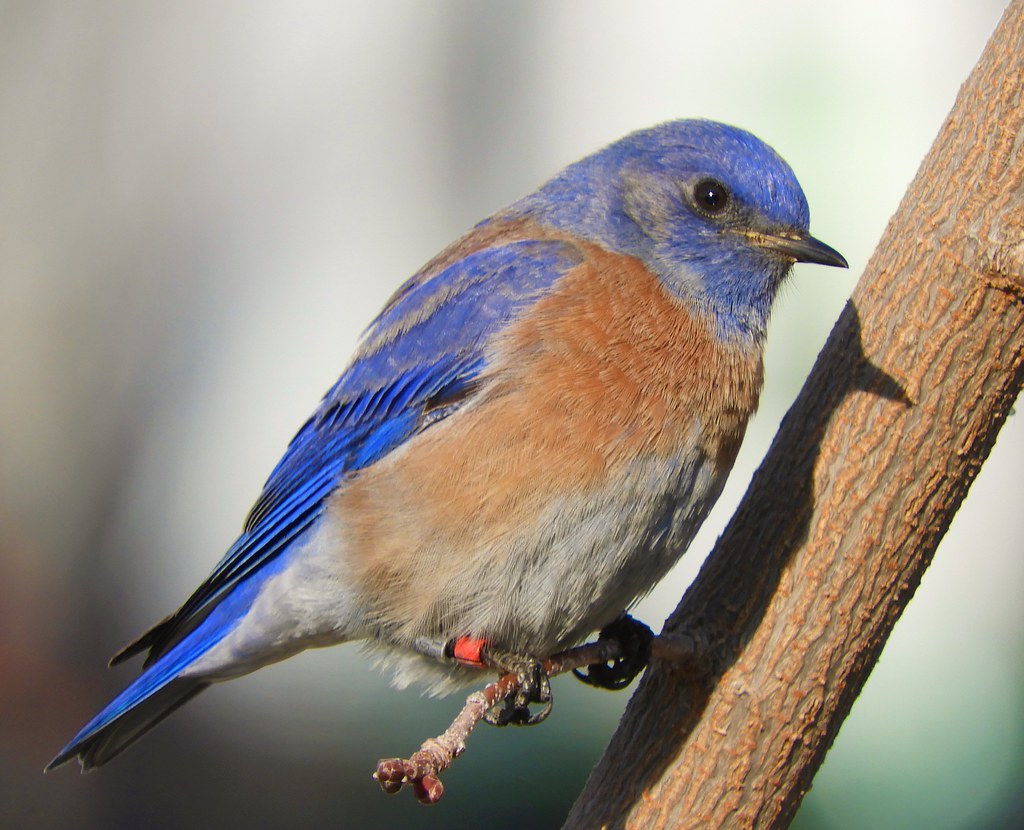#birds wildlife wild passerine
Text
European robin (Erithacus rubecula) photos I took 14/04/2024, Stanley, Wakefield, West Yorkshire, UK
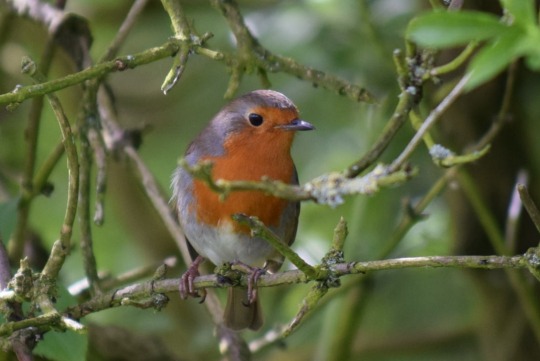
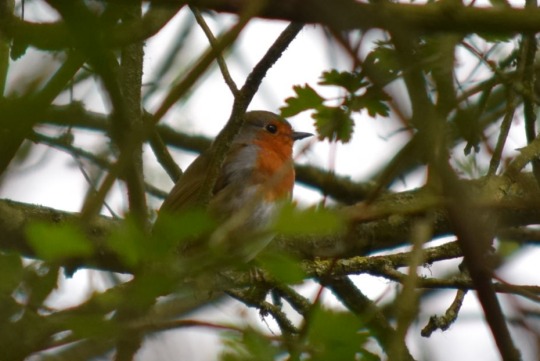
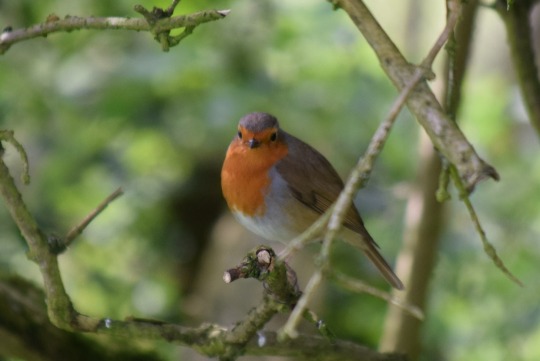




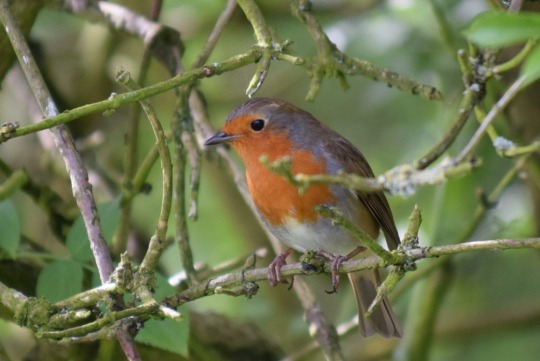
#nature#nature photography#british nature#animals#animal#wildlife#animal photography#wild#wildlife photography#wild animals#wild animal#bird watching#birding#birds#bird photography#birdwatching#bird#ornithology#british birds#british wildlife#european robin#erithacus rubecula#robins#robin#passeriformes#passerines#songbird#song birds#flycatcher#flycatchers
31 notes
·
View notes
Video
Male Western Bluebird by Ruby 2417
Via Flickr:
Nothing else in nature has that neon ultramarine shade of blue, at least, nothing in California. Davis, Ca. Dec. 2022.
#bluebird#bird#passerine#wild#wildlife#nature#blue#davis#cannery#male#color#colors#colorful#vivid#flickr
2 notes
·
View notes
Text

Animal of the Week #3
Loggerhead Shrike (Lanius ludovicianus) - Near Threatened
The Loggerhead Shrike is a medium sized passerine, endemic to North America. They tend to inhabit open, grassy habitats, such as pastures and grasslands, but they also require some trees in which to build nests and look out for prey.
These birds are most famous for their hunting ability. Despite being passerines, they are a predatory species, capable of killing prey larger than themselves. Although they mostly eat insects, they will also eat arachnids, reptiles, amphibians, rodents, small bats, and other birds. Loggerhead Shrikes often eat insects in flight, but for larger prey, they sever the neck, and then impale the prey on thorns or barbed wire. They will also impale prey they want to save for later.
Unfortunately, Loggerhead Shrike populations have been decreasing since the 1960s. While they were once prominent throughout the U.S, Canada, and Mexico, they are now almost extinct in Canada, with fewer than 35 known breeding pairs remaining. They are also gone from most northern U.S states, including every New England state. The reasons behind their decline are not fully understood, however the most likely reasons include habitat loss, pesticide contamination, and human disturbance.
But thankfully, there is conservation work in progress to hopefully save the Loggerhead Shrike. The Toronto Zoo and McGill University in Canada established a captive breeding population, and an experimental field breeding and release program is currently being managed by Wildlife Preservation Canada, which so far is seeing success with young they've released into the wild. So hopefully, before long we'll be seeing the Loggerhead Shrike making a comeback!
9 notes
·
View notes
Text
Swallow-tailed Bee-eater



The swallow-tailed bee-eater (Merops hirundineus) is a near passerine bird in the bee-eater family, Meropidae. This species, like other bee-eaters, is a richly coloured, slender bird. Its colours and readily visible forked tail make it unmistakable. It is mainly green with a yellow throat, blue gorget and black eye stripe and beak. It can reach a length of 20–22 cm, including the long forked green or blue feathers. Sexes are alike. It breeds in savannah woodlands of sub-Saharan Africa. It is partially migratory, moving in response to rainfall patterns. This is a species which prefers somewhat more wooded country than most bee-eaters.
Bird photography is one of the categories of Wildlife photography. It is a style of crafting photographs of different types of birds in their natural environment. This is a difficult art of taking images. Because we cannot control natural habits of wild animals. This is one of the types of photography, in which enormous patience is necessary.
#photography#birds#bird photography#digital photography#wildlife photography#canon#nature#nature photography#naturephotography#wildlifephotography#photogram#photografy#photoart#photographer#bee eater#canon m50#telephoto#birdphotography#birddogs#birdlovers#birdlife#birdblr#owl#hummingbirds#ornithology#parrot#pigeon
3 notes
·
View notes
Photo

The red-vented bulbul is a member of the bulbul family of passerines. It is a resident breeder across the Indian subcontinent, including Sri Lanka extending east to Burma and parts of Bhutan and Nepal. #wildlife #wild #wildlifephotography #naturelover #nature #naturephotography #insta #bulbul #instadaily #travelling #travelphotography #travelgram #instantbugle #yourshotphotographer #bird #wildanimals #birds #animallovers #adventure #forest #ecology #forest #forestphotography #forestlife #follow4followback #followforfollowback #followme #like4likes #likeforlikes #like4likesback #natgeoyourshot (at Nahargarh Forest) https://www.instagram.com/p/CdPRuijPS7d/?igshid=NGJjMDIxMWI=
#wildlife#wild#wildlifephotography#naturelover#nature#naturephotography#insta#bulbul#instadaily#travelling#travelphotography#travelgram#instantbugle#yourshotphotographer#bird#wildanimals#birds#animallovers#adventure#forest#ecology#forestphotography#forestlife#follow4followback#followforfollowback#followme#like4likes#likeforlikes#like4likesback#natgeoyourshot
0 notes
Photo

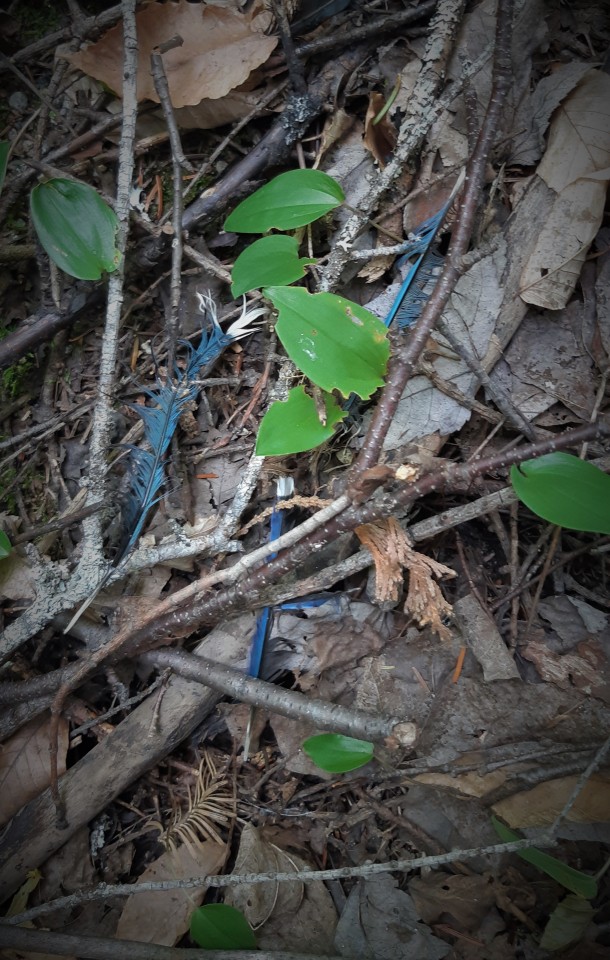
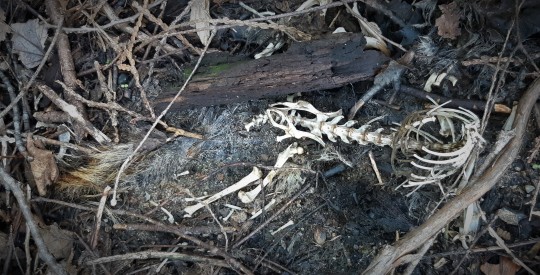





#RavensTerritory
... with all these traces/remains on the ground, we're definitely trespassing a Raven's territory. These guys are omnivorous, so they eat practically anything. If I wouldn't be known by them I wouldn't stay here much longer. The nesting season have just ended and they are extremely protective of their family.
Ravens have been shown to have the ability to visually recognize individual humans and to transmit information about "bad" humans, to their offspring by squawking. Which I can totally certified.
We've been feeding some of them for a while now and they have the habit to visit us in the morning to get some pork meat, liver, and sometimes chicken eggs which they just love.
By the way, this is my longest feather found of a Raven and will definitely be added to my collection. This feather is 15 inches long and makes me very happy.
#Raven#Northern Raven#Crows#corvus#passerine bird#bird#wilderness#wild animals#ghost recon wildlands#mountain excursion#hiking#forest#undisturbed#mountains range#wild land#isolation#lifestyle#wildlife#photography#Canada#The RavenKeeper
212 notes
·
View notes
Photo

Sparrow's syllable.
Dubinkin Victor
I photograph birds and animals in the wild and natural habitat.
#wildlife photography#wild birds#wildlife#bird watching#bird#predatory bird#ornithology#wild nature#photo hunt#owl photo#owlet#owleyes#owlette#owl#passerine owl#winter forest#photohunted#baby owl#barn owl#barred owl
76 notes
·
View notes
Photo

GOLDEN SUNRISE by pibernat1960
5 notes
·
View notes
Photo

Seychelles Flycatcher female by flagrant_declic http://ift.tt/2A80trl
16 notes
·
View notes
Video
Eurasian chaffinch Norfolk Woodland by Adam Swaine
Via Flickr:
The chaffinch is one of the most common bird species in the UK and one of the top 10 most reported birds in Garden BirdWatch gardens. In Britain, the highest breeding densities are found in southern, central and eastern England, and on upland edges in northern England and Scotland.Despite being found in many different habitats, chaffinches were originally deciduous woodland birds. They have adapted to a range of habitats, especially where suitable trees and shrubs occur for nesting and these days are just as likely to be found in gardens, farmland hedgerows and parks.
#chaffinch#passerine bird#passerines#perching#woodland#norfolk#NORTH NORFOLK#Birds#garden birds#little birds#england#english#english birds#britain#british#british birds#nature lovers#nature#nature watcher#nature reserve#uk#uk counties#beautiful#animals#Bird#RSPB#BTO#wildlife#wild#walks
18 notes
·
View notes
Text
Reed bunting (Emberiza schoeniclus) photos I took today 14/04/2024, Stanley, Wakefield, West Yorkshire






#nature#nature photography#animals#british nature#animal#wildlife#animal photography#wild#wildlife photography#wild animals#reed bunting#emberiza#emberizidae#buntings#bunting#perching birds#passerines#passeriformes#songbird#song birds#bird watching#birding#birds#bird photography#birdwatching#bird#ornithology#wild animal#aves#avian
28 notes
·
View notes
Photo

Macroglossum stellatarum Italy. by MarioValentini http://500px.com/photo/256951775 #macro
1 note
·
View note
Photo
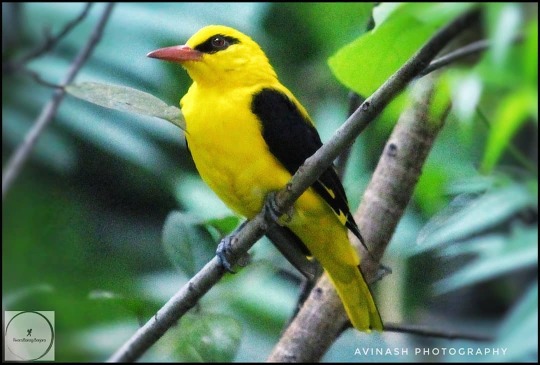
Black-Naped Oriole is a passerine bird in the oriole family that is found in many parts of Asia. #orioles #birds #passerine #wild #nature #worldphotographyday #natgeoyourshot #natgeotraveller #natgeo #naturephotography #wallmag #outlooktraveller #magzine #wildlife #wildlifephotography #awarabairagibanjara @natgeo @natgeotravel @natgeowild @world_wildlife @jharkhandtourism @canonasia @lonelyplanetmagazineindia @lonelyplanet @lonelyplanetindia #lonelyplanetindia #canon @magnumphotos @natgeoyourshot (at Dhanbad) https://www.instagram.com/p/CEFOo0ynpUE/?igshid=1tanrxvhl1034
#orioles#birds#passerine#wild#nature#worldphotographyday#natgeoyourshot#natgeotraveller#natgeo#naturephotography#wallmag#outlooktraveller#magzine#wildlife#wildlifephotography#awarabairagibanjara#lonelyplanetindia#canon
0 notes
Photo

The green-backed tit is a species of bird in the family Paridae. It is found in Bangladesh, Bhutan, China, India, Laos, Burma, Nepal, Pakistan, Taiwan and Vietnam. Its natural habitats are boreal forest, temperate forest, and subtropical or tropical moist lowland forest. Scientific name: Parus monticolus Phylum: Chordata Higher classification: Parus Order: Passerine Rank: Species ********************************************** #bird #wildlife #animal #feather #avian #beak #wing #ornithology #nature #birdwatching #greenbackedtit #wild #songbird #color #passerine #flight #desktop #fly #little #birding #nikond750 #nikkor200_500 @nikonindiaofficial (at Dalhousie, India) https://www.instagram.com/p/B_ZYp27n_Rg/?igshid=1frhle7icn5cm
#bird#wildlife#animal#feather#avian#beak#wing#ornithology#nature#birdwatching#greenbackedtit#wild#songbird#color#passerine#flight#desktop#fly#little#birding#nikond750#nikkor200_500
0 notes
Photo
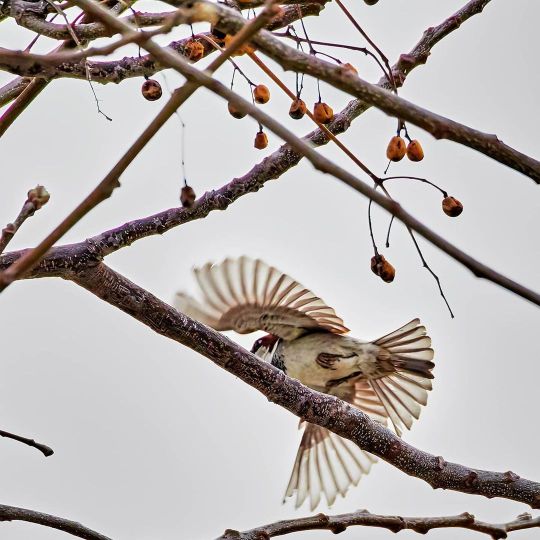
El vuelo del gorrión Gorrión común o Passer domesticus El conocido y familiar gorrión común es, tal vez, el ave más extendida de todo el planeta y, sin duda, una de las más exitosas. Adaptable y poco exigente en lo que al hábitat y a la alimentación se refiere, este habitante de pueblos, ciudades y caseríos es, sin embargo, un comensal directo del hombre y, por tanto, depende estrechamente de nuestras actividades para sobrevivir; de manera que cuando un pueblo es abandonado por sus habitantes humanos, los gorriones comunes no tardan en desaparecer tras sus involuntarios benefactores. Fuente: https://seo.org/ave/gorrion-comun/. Foto tomada el 25 de febrero de 2021 a las 18:12 con Olympus E M1 Mark II y M.Zuiko 75-300 a 300mm e ISO 6.400 a 1/2000 en f/6.7. Conil, Cadiz. #Cadiz #Spain #andalucia #animal #bird #branches #brown #conil #eurasian #europe #fast #fauna #flight #flying #forest #isolated #motion #nature #ornithology #passerine #quick #rapid #songbird #sparrow #tree #wild #wildlife #wings #wood (en Conil de la Frontera, Spain) https://www.instagram.com/p/CO8SIogtziM/?igshid=jzu0f926ksrs
#cadiz#spain#andalucia#animal#bird#branches#brown#conil#eurasian#europe#fast#fauna#flight#flying#forest#isolated#motion#nature#ornithology#passerine#quick#rapid#songbird#sparrow#tree#wild#wildlife#wings#wood
7 notes
·
View notes
Video
#FeedingTheYoung
Male Raven feeding juvenile female with pork meat then leaving with chicken egg.
#Northern Raven#Raven#Passeriformes#passerine bird#corvus#Ornithology#wildlife#fauna#wilderness#undisturbed#mountainous parts of the Northern Hemisphere#ghost recon wildlands#wild nature#Canada#The RavenKeeper
66 notes
·
View notes
